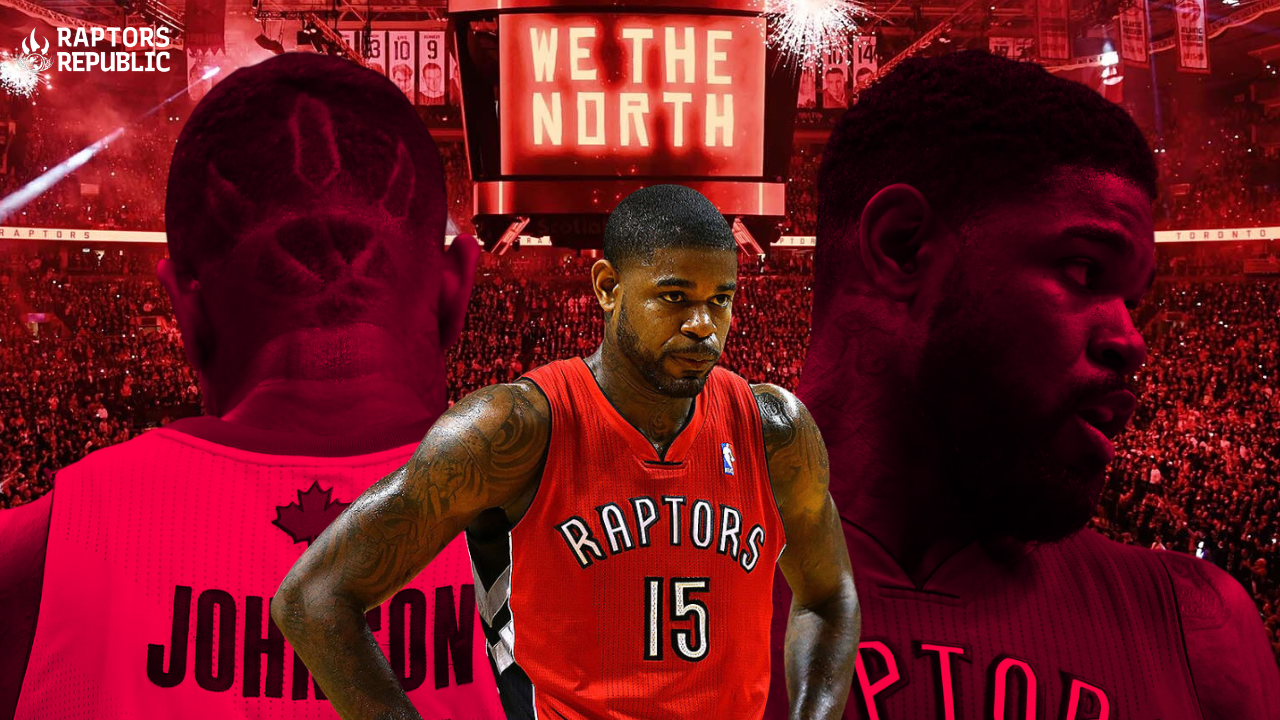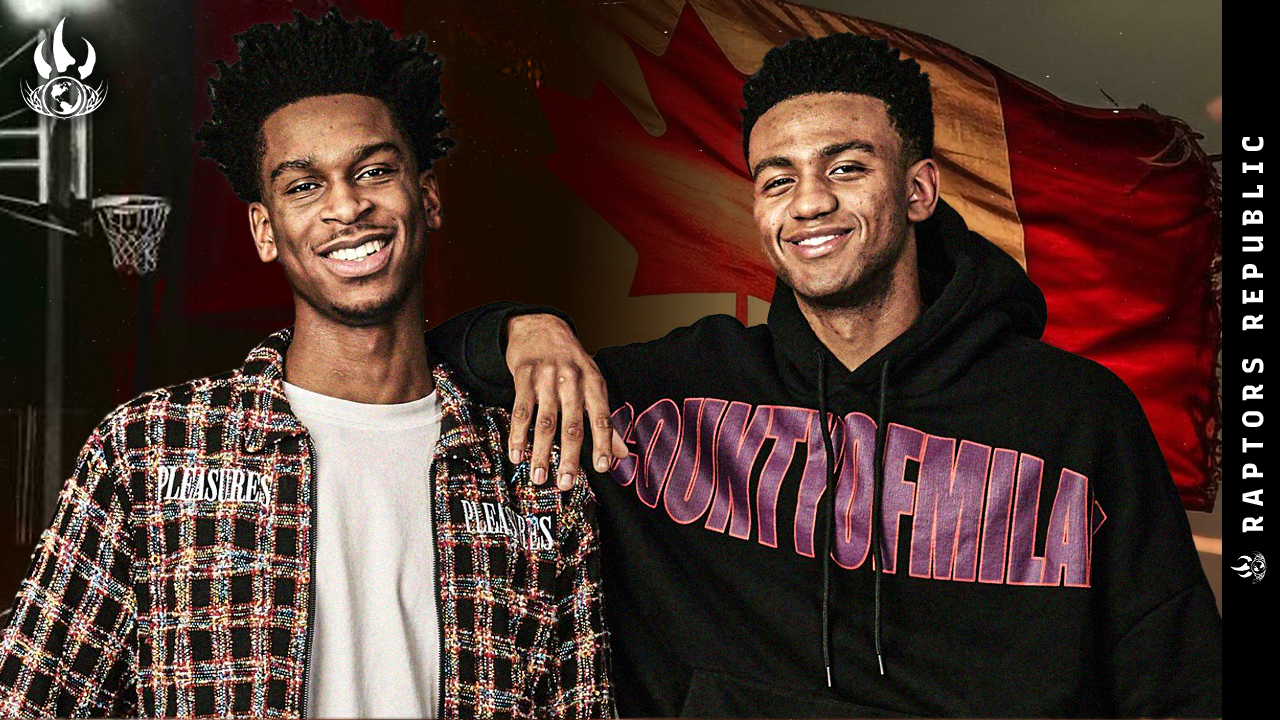The following is part of Raptors Republic’s series of pieces reviewing the season for the Toronto Raptors. You can find all the pieces in the series here.
Last season, the Raptors had a player finish first in minutes per game (Pascal Siakam) and another in fifth (Pascal Siakam). O.G. Anunoby and Scottie Barnes were each in the top 30. Given that there are 30 teams, a given team should have one player in the top 30 of minutes played — not four. The incredible overtaxation on Toronto’s starters was either a result of or cause of the bench’s stagnation. Probably a little bit of both. But the bench numbers, compared to the starter minutes, were stark.
Toronto played its bench players the fewest total minutes in the league by more than 1000. The bench had the fourth-lowest 3-point percentage across the league and the second-lowest scoring average. At the same time it had the highest pace, largely because the only way for the bench to score consistently was in the open court. The bench did not complement the starters — or the starters did not create enough advantages for the bench to be successful. Or both.
Otto Porter jr. – 8 games played (GP), 18.3 minutes per game (MPG), 35.3 percent from 3 (3P%)
If anyone would likely have fit perfectly into transitional- and starter-heavy lineups, it would have been Porter. He shot alright from deep in the eight games he played, and even though he didn’t play nearly enough minutes for his on/off numbers to stabilize, he did have the largest positive impact on the team in regards to at-rim frequency. The team needed more shooting at the wing spots, and Porter was one of the only players who could give it off the bench.
Unfortunately, he started the season hurt and once returning only played in eight games before losing his season to a toe injury. The Raptors will be sure to need his theoretical skills as much or more this upcoming season than they did the last, and his ability to play in 50 or more games would go a long way to making Toronto’s lineups make sense.
Modern basketball doesn’t reflect well on players who only shoot 3s and play defense. You need to give more on offense to be a positive than just shoot. Porter is a great cutter and solid finisher. He is the prototype 3-D-C(utting) wing that new-age good teams want around stars. If he plays lots of games, Toronto would be happy. If he plays few games because Gradey Dick takes his rotation spot, Toronto would be happy. If he plays few games because he’s injured again, that would be a problem.
Thad Young – 14.7 MPG, 4.4 points per game (PPG), 1.0 steals per game (SPG)
Young was quite solid after Toronto acquired him at the 2021-22 trade deadline. He hit his corner triples, made his hooks, and slotted in well into Toronto’s active and turnover-forcing defense. He may not have been worth a first-round pick, but he still added quite a bit.
That was much less true in 2022-23. His minutes dropped by almost 4.0 per game despite his efficiency skyrocketing. Why? Largely because two of the major reasons he helped the team vanished. His corner 3-point shooting accuracy plummeted from an elite 45 percent to a non-existent 21. As a result, his frequency dropped massively, as he started turning down jumpers to hesitate his way into record-skip drives and dead possessions. At the same time, he lost a step on defense and had trouble keeping anyone in front of him.
He was always best used as a multiplier with the starters, but his shooting falling off meant he didn’t fit there, either. Young sat 14 straight games to end the season, and it was the correct choice. He is a great vet, but he simply couldn’t help the Raptors on the court.
Christian Koloko – 13.8 MPG, 3.1 PPG, 51.4 percent from 2 (2P%)
Koloko had as promising a rookie year as a second-round selection will usually have have. He looks almost guaranteed to have a long NBA career, which is far from a given for players selected in his draft range. Among all the players on the bench, Koloko was perhaps alone in overperforming expectations.
At least until the Raptors acquired Jakob Poeltl, Koloko was the single-most stabilizing presence on the defensive end the Raptors could muster, at least by the numbers. Even though Poeltl fixed the defense after arriving, Koloko still finished the year with the second-best defensive on/offs on the team, which is tough for a rookie. He was mobile, used his size well, and was great both at forcing turnovers in the open court and at swatting shots at the rim. Even though he frequently found himself out of position, his outrageous agility meant he could often recover to the correct spot with enough time to impact plays.
On the other end, Koloko struggled to offer much of anything outside of finishing at the rim — and even that wasn’t always a given. His footwork and touch didn’t translate to the NBA, and his shooting likely won’t for a while, if ever. None of that is a huge deal. He was always supposed to be a developmental project, and already being a huge positive on one end of the court means he’s starting from a position of strength. Toronto needs to find minutes for him going forward, and if any of his offensive skill-set manifests more regularly on the court, he’d already be a high-end bench big. Koloko has an exciting career ahead of him.
Will Barton – 13.2 MPG, 4.5 PPG, 33.3 3P%
The man Toronto chose over Jeff Dowtin. Masai Ujiri wanted the Raptors to have a veteran shooter to bring off the bench in the playoff chase towards the end of the year, but Barton never popped as a shooter. He had one big game against the Charlotte Hornets in which he scored 20 and hit six triples. That was the extent of his big games.
Barton took a huge proportion of his shots from the long mid-range and above the break triples. For a shooter, he had a miserable shot chart. That he missed them, on top of taking bad ones, made it worse. It was a brief tenure with the Raptors but an uninspired one.
Malachi Flynn – 13.0 MPG, 1.3 assists per game (APG), 35.3 3P%
Flynn did not get added opportunity despite being Toronto’s only bench point guard last season. He played only 0.8 minutes per game more in 2022-23 than in the prior year despite having less competition on the bench and hitting much more accurately from deep. Flynn has long been a lightning rod in Toronto, existing as perhaps the best representation of Toronto’s bench quandary: Do the bench players fail because they don’t get chances, or do they not get chances because they fail?
Flynn has not had much opportunity since the end of his rookie year. He hasn’t had a consistent role, and for a pick-and-roll point guard, he hasn’t been able to run many pick and rolls. Instead, when actually on the court, he’s mostly been asked to spot up, attack rotations, and provide scoring punch. He improved in those areas last season. But not enough to earn extra time. He has never been more than an average shooter from deep, despite some hot games, and his 2-point shooting has cratered in the NBA. He doesn’t create well for others.
Perhaps under a new coach, Flynn will pop. Or, even with Toronto’s direst need yet at the point guard spot, Flynn will continue to wallow on the bench as a result of his deficiencies. There’s much he needs to add if it’s going to be the former.
Joe Wieskamp – 9 GP, 1.0 PPG, 25.0 3P%
Hitting triples in an empty gym does not mean you’ll be a great shooter in the NBA. Now, Wieskamp is much more than an empty-gym shooter. He shot 38.5 percent from deep with the Raptors 905, and he has consistently hit his triples in the G League. Athletes in the G League are smaller, slower, and weaker than they are in the NBA. Wieskamp had an easier time getting open and more space with which to shoot once he received the ball.
None of that translated to the NBA. He had trouble getting open, and when he did receive the ball, he didn’t always have space to fire. As a result, he didn’t add much spacing to Toronto’s offense. And that is really the skill for which he is on an NBA court. He will not be the with the Raptors in 2023-24.
Ron Harper jr. – 9 GP, 2.2 PPG, 71.4 2P%
One of Toronto’s two-way players, Harper saw great improvement during the G-League season.
Unfortunately, little of that translated to the NBA level. He shot poorly from deep and missed passing opportunities he saw in the G League. In Summer League, he was looking squarely at the rim every time he touched the ball.
Still, the impressive G-League season was worth another look. He will be on another two-way contract for the Raptors this upcoming season, looking to build on his strong season with the 905 last year.
Justin Champagnie – 3 GP, 2.0 PPG, 1.3 rebounds per game
Champagnie has NBA-level skills. He’s a great finisher with incredible coordination in the air. He’s a multi-positional defender. He is an elite rebounder, particularly on the offensive end. That never earned him at a shot at the NBA level, and after a forgettable sophomore year, he’s no longer a Raptor.



